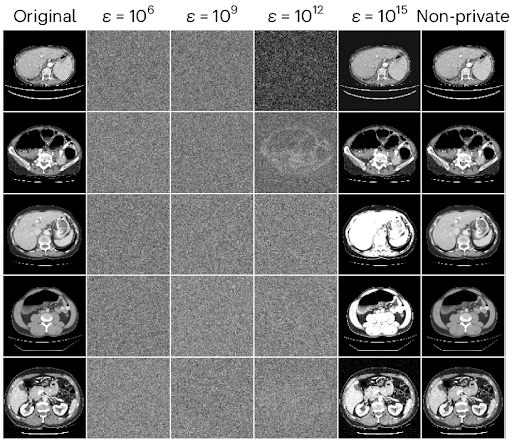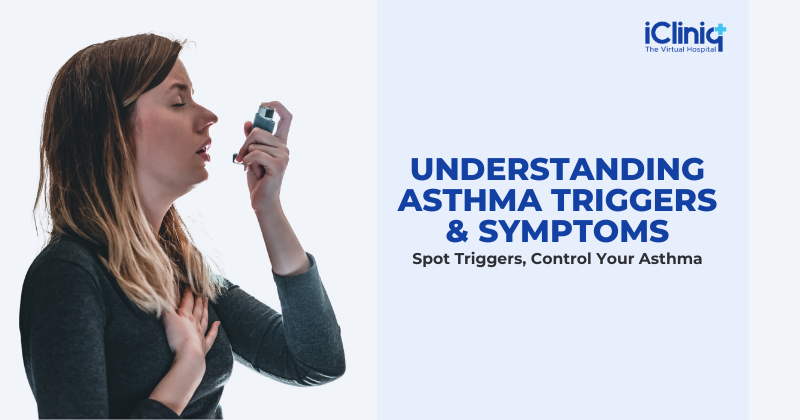The COVID-19 pandemic significantly changed healthcare delivery across the United States, especially through the adoption of telehealth and remote patient monitoring (RPM). The pandemic pushed both patients and providers towards virtual care solutions. This shift exposed weaknesses in traditional healthcare systems and created opportunities for a more connected and accessible model of care.
Telehealth: An Overview
Telehealth includes various remote healthcare services, such as video consultations, remote diagnostics, health education, and monitoring. Before the pandemic, the shift to telehealth was slow. However, COVID-19 led to a rapid increase in telehealth usage, with some institutions seeing numbers go from less than 1% of total visits to as much as 80% in just a month. The need to prioritize safety while addressing patients’ care needs drove healthcare providers to quickly adopt telehealth.
The surge in Telehealth Usage: Key Statistics
- During the early pandemic, telehealth services had a 154% increase in visits during the last week of March 2020 compared to the same week in 2019.
- By April 2020, telehealth represented 80% of all medical consultations, becoming essential for continuity of care.
- Consumer demand for telehealth grew from 11% in 2019 to 46% during the pandemic, reflecting healthcare providers’ experiences nationwide.
Telehealth has been crucial for managing chronic conditions that typically require regular in-person follow-ups. For conditions like diabetes, heart disease, and respiratory issues, studies have shown that remote patient monitoring not only supported ongoing management but also reduced unnecessary emergency room visits.
Remote Patient Monitoring: A Lifeline for Chronic Patients
Remote Patient Monitoring technology lets healthcare providers collect and analyze health data from patients at home. This is vital for managing chronic diseases, allowing for continuous monitoring of vital signs and assessing treatment effectiveness without requiring travel to healthcare facilities. The inclusion of RPM has benefited both patients and healthcare providers:
- Continuity of Care: RPM helps maintain oversight of patients’ health, enabling timely responses based on real-time data. Studies have indicated that RPM significantly improved outcomes for patients with conditions like asthma and COPD, leading to fewer symptoms and reduced healthcare utilization.
- Cost-Effectiveness: Data shows that RPM technologies have decreased hospitalization rates and costs, showing how remote monitoring can yield financial benefits for healthcare organizations. Efficient RPM implementation has improved disease management among patients without raising overall healthcare expenses.
RPM in Action: A Closer Look at Efficacy
Evidence from various studies highlights the advantages of RPM. A report noted a near 20-fold increase in RPM use during the pandemic as patients pursued remote care to manage their chronic conditions safely. Tools like sensors played a crucial role in monitoring patients’ health. One significant case study involved Propeller Health’s digital inhaler monitoring system, which enhanced medication adherence and identified risks for patients with asthma.
Furthermore, data from health systems recorded engagement rates of up to 78.9% for patients enrolled in COVID-19 monitoring programs using RPM, showcasing its success during a critical healthcare period. These programs emphasized the importance of RPM and the role of technology in encouraging patient engagement and adherence to treatment plans.
Overcoming Barriers and Addressing Equity in Telehealth
Despite rapid advancements in telehealth and RPM, various barriers still hinder the fair distribution of these services. Issues like disparities in access to digital tools, connectivity challenges, and inconsistencies in regulations are especially problematic for underserved groups.
- Digital Divide: Studies showed that patients from higher Social Vulnerability Index (SVI) areas were less likely to use telehealth services. While telehealth visits increased in urban areas, those in tech-limited environments were hesitant to engage fully.
- Insurance and Reimbursement: Sustaining telehealth adoption necessitates ongoing financial support. Clear reimbursement policies can enhance understanding and improve service delivery efficiency as virtual care becomes part of healthcare providers’ workflows.
Healthcare administrators should focus on advocating for policies that ensure equitable access and support for telehealth services, particularly in marginalized communities.
The Role of AI and Workflow Automation in Telehealth Integration
As healthcare managers look to the future, it’s important to consider how artificial intelligence (AI) and automation can facilitate the integration of telehealth and RPM services. These technologies can simplify administrative tasks and improve patient outcomes.
AI Enhancements in Telehealth:
- Patient Engagement: AI-driven chatbots can help schedule appointments, answer basic patient questions, and guide them to the right care resources, reducing administrative burdens.
- Data Analysis: AI algorithms can analyze significant amounts of patient data from RPM devices, providing actionable information. This enables healthcare providers to identify health trends, optimize treatment plans, and tailor patient education based on specific health data.
- Operational Efficiency: Automating routine administrative tasks can streamline workflows within healthcare settings, allowing staff to focus more on patient care while maintaining telehealth services.
By leveraging AI and automation, healthcare organizations can enhance internal efficiency and improve the overall patient experience.
Future Directions: Sustaining Telehealth and RPM Beyond the Pandemic
Looking forward, maintaining the progress made during the COVID-19 pandemic will require proactive involvement from healthcare administrators. As telehealth becomes a permanent part of healthcare delivery, strategic planning should emphasize:
- Ongoing Training: Continuous education and training for healthcare providers are necessary to optimize their use of telehealth technologies. Training sessions should focus on proficiency in RPM tools and virtual care delivery.
- Policy Advocacy: Advocating for favorable insurance reimbursement structures will support long-term integration of telehealth. Providers and administrators must communicate with lawmakers to ensure ongoing support for telehealth services.
- Patient Education: Informing patients about telehealth and RPM services will be vital for helping them take advantage of available care options and stay engaged in their treatment plans.
- Technological Advancements: Utilizing ongoing improvements in healthcare technology will enhance connectivity and accessibility. Tools should be user-friendly and tailored to meet diverse patient needs.
Key Takeaways
The COVID-19 pandemic has changed healthcare delivery in the United States. As telehealth and remote patient monitoring become more common, healthcare administrators and IT managers must utilize this opportunity to implement effective solutions that prioritize patient care. By adopting new technology and advocating for fair access and reimbursement policies, organizations can ensure that telehealth and RPM services thrive in the future. The actions taken today will shape healthcare moving forward.
Frequently Asked Questions
What is Telehealth?
Telehealth is a broad concept that utilizes technology to provide healthcare services and information to patients remotely. It includes various methods like remote consultations, medical advice, electronic prescription management, and even remote diagnostics.
What is Remote Patient Monitoring (RPM)?
Remote Patient Monitoring is a technological approach that allows healthcare providers to continuously track and manage patient health outside of traditional hospital settings, particularly for chronic conditions.
How does RPM improve care management?
RPM enhances patient care by enabling continuous tracking of vital signs, allowing healthcare providers to communicate and adjust treatment plans remotely, which is especially helpful for patients unable to travel regularly.
What are the key differences between Telehealth and RPM?
RPM focuses primarily on continuous monitoring of specific health data, whereas Telehealth encompasses a wider range of healthcare services, including consultations and medical advice, which may or may not involve data collection.
What are the similarities between Telehealth and RPM?
Both Telehealth and RPM provide remote access to healthcare, improving accessibility for individuals facing barriers to in-person visits, and promote patient-centered care through enhanced communication between patients and providers.
What is the projected growth of the telemedicine market?
The global telemedicine market was valued at $87.41 billion in 2022 and is expected to grow significantly, reaching $286.22 billion by 2030, with RPM estimated to grow at a rate of 26.7%.
What role did the COVID-19 pandemic play in RPM adoption?
The COVID-19 pandemic accelerated the adoption of RPM by highlighting its importance in providing at-home care and improving healthcare accessibility, thus establishing its role as a permanent aspect of healthcare delivery.
How do historical trends influence RPM’s future?
Historical trends indicate that Medicare often leads innovative healthcare advancements, suggesting that RPM may follow similar trajectories as previous initiatives like Electronic Health Records and Bundled Payments.
Why is patient education important in Telehealth?
Telehealth not only facilitates consultations but also provides educational resources and medical advice, empowering patients with information necessary for managing their health effectively.
How are RPM and Telehealth shaping the future of healthcare?
The integration of RPM and Telehealth is creating a more patient-centric, accessible, and efficient healthcare system by emphasizing remote monitoring and data-driven decision-making for various health conditions.
The post How the COVID-19 Pandemic Accelerated the Adoption of Remote Patient Monitoring and Telehealth Services first appeared on Simbo AI – Blogs.











